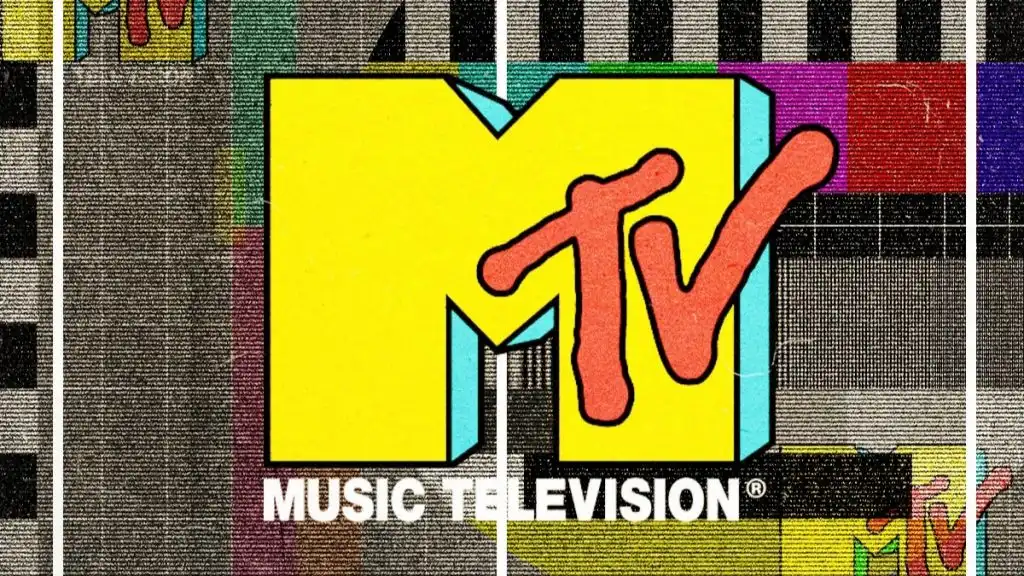Paramount Global Shuts Down MTV Music Channels, Marking the End of a 40-Year Era
Entertainment giant Paramount Global has confirmed that it will permanently shut down MTV Music, MTV 80s, MTV 90s, Club MTV, and MTV Live on December 31, 2025, officially ending more than four decades of continuous broadcast. The main MTV channel will remain on air but will transition fully to reality and entertainment programming, featuring shows like Teen Mom and Geordie Shore, thus abandoning its original 24/7 music concept.
This announcement marks not just a business decision, but a cultural turning point—the decline of music television and the end of collective music discovery. The shutdown will begin with channels in the United Kingdom and Ireland, followed by those in France, Germany, Austria, Poland, Hungary, Australia, and Brazil. The move comes amid cost-cutting measures tied to the Paramount Global and Skydance Media merger, but the underlying reason goes deeper: a fundamental shift in how audiences consume music.
For decades, MTV was synonymous with pop culture, youth, and rebellion. Since its 1981 debut—when the first video aired was the prophetic “Video Killed The Radio Star” by The Buggles—the network reshaped the music and visual landscape forever.
Before MTV, television exposure for music videos was limited to a few niche programs like Video Concert Hall (USA) or PopClips (Nickelodeon). Music videos were a rarity, available only at specific times on select channels. That all changed at 12:01 a.m. on August 1, 1981, when MTV launched with the words:
“Ladies and gentlemen, rock and roll,”
spoken by John Lack, the channel’s operations director and visionary behind the 24-hour music concept.
Lack, who had previously worked on PopClips, envisioned a world where music could be seen as well as heard. In 1979, at the Billboard Video Music Conference, he declared that “video radio” was about to change the industry forever.
A near space lawsuit
Interestingly, MTV almost used Neil Armstrong’s famous quote—“That’s one small step for man, one giant leap for mankind”—alongside lunar footage for its launch. However, after Armstrong threatened legal action, the idea was scrapped days before the debut.
The origin of the name and logo
MTV’s name almost wasn’t MTV at all. Bob Pittman, MTV’s co-founder, initially wanted to call it TV-1—a far less catchy choice. When that name was unavailable, they tried TV-M, until an executive suggested MTV instead. “TV-M was the best we had,” Pittman recalled in a 1991 Los Angeles Times interview, “until our music programming head said, ‘Don’t you think MTV sounds a little better?’”
The logo, too, almost looked like a generic network symbol similar to ABC or NBC. That changed when Manhattan Design presented their now-iconic concept: a bold block “M” with a spray-painted “TV.” It perfectly captured MTV’s rebellious, youthful spirit—and cost only $1,000 to design.
The first MTV VJs
The selection of MTV’s first five video jockeys—Alan Hunter, J.J. Jackson, Martha Quinn, Mark Goodman, and Nina Blackwood—was based on both aesthetics and diversity. Pittman later admitted they were chosen to fill “roles”: “We need a Black guy, a girl-next-door, a sexy siren, a guy-next-door, and a cool Italian-looking guy with curly hair.”
Although such casting choices would be controversial today, it created a team that resonated deeply with the youth audience of the time. Some of the original VJs even kept their day jobs for months after MTV’s launch, unsure if it would succeed.
“Video Killed the Radio Star”: a symbolic beginning
MTV’s first video—“Video Killed the Radio Star”—was a deliberate statement about the future of music. Other videos followed, including Pat Benatar’s “You Better Run” (the first female artist on MTV) and REO Speedwagon’s “Take It on the Run.” Rod Stewart dominated opening day with 16 appearances across 11 videos.
At launch, MTV was only available to cable subscribers in New Jersey, meaning most Americans couldn’t even watch its first broadcast. The channel’s library held just 250 music videos, many played repeatedly throughout the day.
Initially, record labels were skeptical of MTV’s impact. Major labels like Polygram and MCA refused to provide videos, not yet convinced of their marketing potential. Technical glitches were common—dead air, repeated clips, and misplays—but the excitement was undeniable.
Diversity and controversy
In its early years, MTV faced criticism for underrepresenting Black artists. David Bowie famously confronted the network over its lack of diversity. The tide turned only after Michael Jackson’s “Thriller” broke records and became a global phenomenon.
“I Want My MTV”: the campaign that changed everything
Launched a year after MTV’s debut, the “I Want My MTV” campaign became one of the most successful marketing slogans in history, helping cable subscriptions skyrocket.
MTV didn’t just air music—it created a visual culture. Artists could now define their image through video, and fans could experience music as both sound and spectacle.
Today, MTV’s shutdown symbolizes the end of that era—a bittersweet farewell to the days when music television united generations. Yet its legacy endures, reminding us that before the algorithm, there was a revolution that made music visible.



